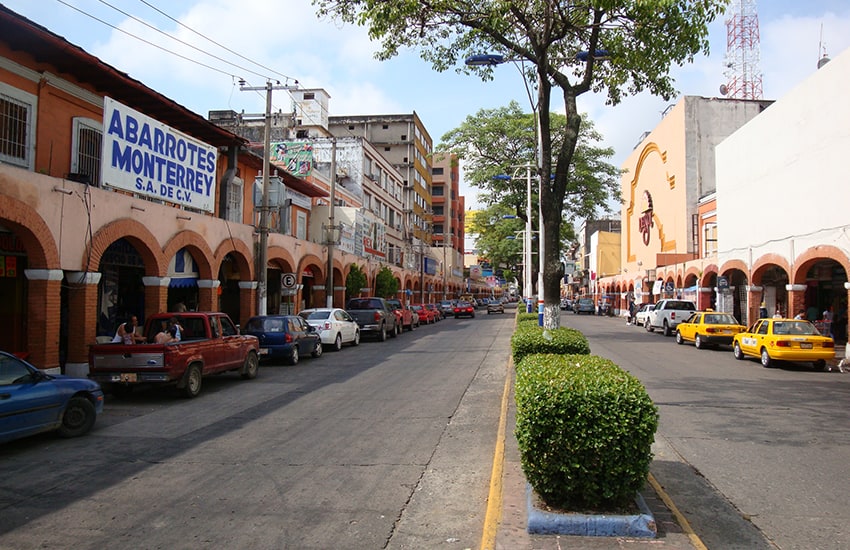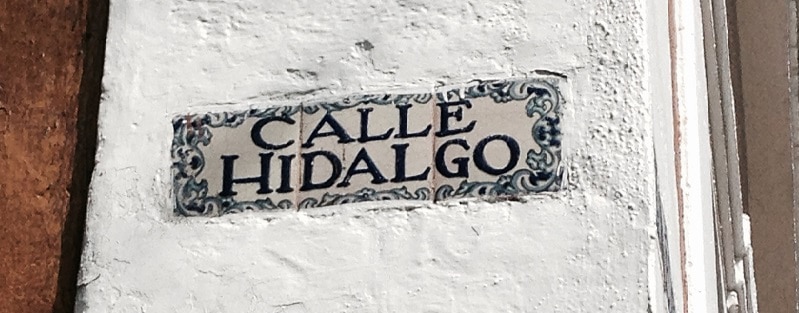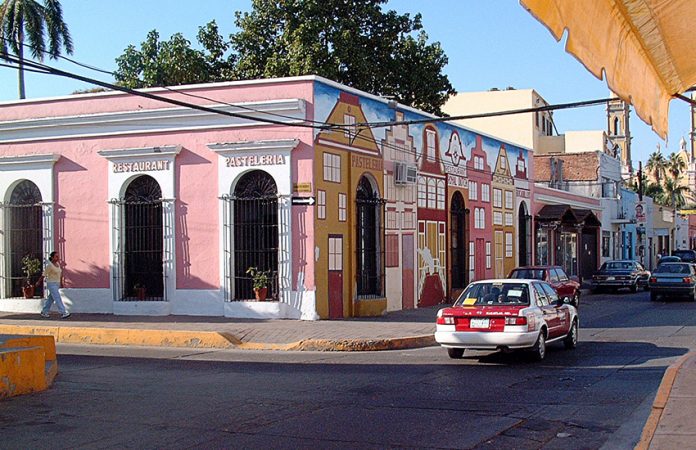If you are like me, one of the first things you noticed about driving in Mexico (after blinking green lights) is that there are certain street names that keep getting repeated. In fact, if you see street names such as (Benito) Juárez, (Miguel) Hidalgo, 16 de septiembre, (Francisco I.) Madero and Reforma closely together, chances are you are in the historic center.
If you guessed that most of these street names come from Mexican history, you would be correct. Most countries have street names to preserve the memory of historic events and people. Mexico is no exception. These have changed from time to time, principally when there has been major sociopolitical changes. For this reason, many names today are related to the War of Independence followed by historical events after that such as the Mexican Revolution. According to Mexico’s National Institute of Statistics and Geography (Inegi) the most common street names in Mexico are Miguel Hidalgo, Emiliano Zapata, Benito Juárez and 5 de Mayo.
Miguel Hidalgo is called the “father of the nation” and the “father of independence.” His role in Mexico’s identity has similarities to that of George Washington, although their lives before and during and after their struggles against European powers were very different.
Hidalgo was one of several conspirators against the Spanish Crown whose plot was prematurely discovered. Warned by fellow conspirator Josefina Ortíz de Domínguez, Hidalgo decided to call together the townspeople of the small village of Dolores in Hidalgo where he was parish priest. Ringing the bell at 11 p.m. on September 15, 1810, he called the people to join him in rebellion, an act that officially marks the start of Mexico’s independence and is recreated every year as part of celebrations.
Independence is so central to Mexican identity that (Miguel) Hidalgo is the most popular name in 24 of Mexico’s 32 states, appearing over 14,200 times.

In Mexico City alone, it appears on 317 streets. Other names referring to this war are also extremely common. Independencia appears about 7,000 times and 16 de septiembre (the first full day of independence and the national holiday) just over 6,600. Other national figures from this time period are common and include (José María) Morelos, (Ignacio) Allende and (Vicente) Guerrero.
Regional heroes of the movement are often honored in the areas where they were active. Fray Servando and Padro Mier refer to José Servando Teresa de Mier y Noriega y Guerra, who was active in Monterrey and appears frequently on street signs in Nuevo León and the northeast.
Emiliano Zapata was the leader of the Liberation Army of the South, one of the major factions fighting during the decade-long Mexican Revolution. Unlike some other factional leaders, Zapata never became president of Mexico; in fact, he was killed by troops loyal to rival Venustiano Carranza.
But Zapata’s name is the best remembered in Mexico and most recognized internationally. Zapata’s ideas about land and agrarian reform found their way into the current 1917 constitution, and his name and image are still invoked in struggles of the rural poor against the powers-that-be. One recent example of this are the Zapatistas of Chiapas, who made international headlines in 1994.
Zapata’s name is second only to Hidalgo, but his name does not appear quite as ubiquitously in Mexico as Hidalgo’s. The name is most popular in Guanajuato, and not surprisingly, Morelos, where he had his base of operations and where his ideas still dominate land tenure today.
Other names related to the Revolution include (Francisco I.) Madero, (José María) Pino Suárez, (Álvaro) Obregón, and interestingly enough Porfirio Díaz, the president/dictator that all of the factions rose up together against at the outset. Although Francisco (Pancho) Villa was also a factional leader (and best known to Americans), his name appears commonly only in certain parts of northern Mexico such as Durango.

Neither part of the Independence or Revolution movements, Benito Juárez nonetheless may be the closest thing Mexico has to a secular saint. Born 1806 in rural Oaxaca, Juárez was a full-blooded Zapotec who studied law to help his people. The 19th century was a time of constant civil wars and coups d’état in Mexico, and Juárez spent his life fighting either French invaders and/or conservative factions among his own countrymen.
He was a driving force behind the 1857 constitution and the Reforma (Reform) that irrevocably changed Mexican society. He died in office as Mexican president in 1872 and is the only Mexican individual to have a national holiday on the anniversary of his birth. Juárez’s name appears just under 10,000 times nationally, appearing most strongly in Quintana Roo and his native state, with about 1,500 streets there alone.
The last is not a person but a historical date, and a curious one at that. 5 de Mayo (May 5) is the anniversary of the Battle of Puebla. It is better known in the U.S. as something similar to St. Patrick’s Day, a day of celebrating Mexican heritage often with large quantities of alcohol and cheesy costumes. It is not a national holiday in Mexico although it is very important in Puebla and in certain places where many poblanos have migrated, both in Mexico and the United States.
The battle pitted the invading French against various Mexican forces cobbled together just outside the city of Puebla. On that day, Mexican forces won, but only managed to delay the French installation of Maximilian I as emperor of the Second Mexican Empire. Although 5 de mayo ranks fourth, streets with this name are clustered strongly in Puebla and central Mexico.
Street names do not stay completely static, with a number of signs in Mexico City attesting to historic name changes. It is common to rename streets as local men gain the presidency or other important political posts, so be on the lookout for López Obrador streets in the near future.
Leigh Thelmadatter arrived in Mexico 18 years ago and fell in love with the land and the culture in particular its handcrafts and art. She is the author of Mexican Cartonería: Paper, Paste and Fiesta (Schiffer 2019). Her culture column appears regularly on Mexico News Daily.
